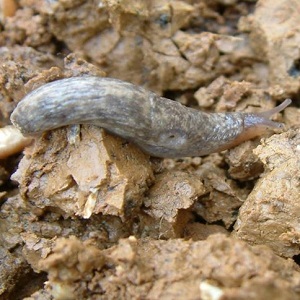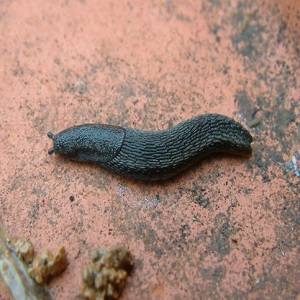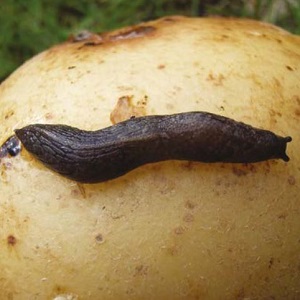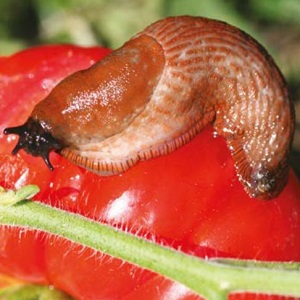- Home
- Knowledge library
- What are the main slug species of UK crops?
What are the main slug species of UK crops?
The UK plays host to around 40 slug species, although only a few are major crop pests. Learn how to spot the tell-tale signs of the main species commonly found in the UK’s fields.
All slug species are hermaphrodite (each individual is both male and female). While some species are self-fertile, most mate before laying eggs in batches of 10–50 in soil cavities, between clods, under stones or at the base of plants. Slugs do not travel far from where they hatched, often taking only a circular route of a few metres in search of food.
How to manage slugs in field crops (home page)
Order a printed copy of our integrated slug control publication
 ADAS
ADAS
The grey field slug
Deroceras reticulatum and other Deroceras spp.
The grey field slug is the most widespread and troublesome species. It is usually light grey or brown, grows to 5 cm in length and produces milky-white mucus. Populations tend to have a mixed age structure, so damage occurs whenever conditions are favourable for activity. Provided conditions are damp, this slug species remains active over a wide range of temperatures – even in near-freezing conditions. This slug can breed throughout the year, with peaks in April/May and September/October. In optimum conditions, it can lay eggs within 16 weeks of hatching.

The garden slug
Arion hortensis and Arion distinctus
The garden slug grows to just 3 cm in length. Its body is dark and the foot (underside) ranges from yellow to orange. It produces orange or yellow mucus. Egg hatch peaks in late spring/early summer. Young slugs can develop rapidly to produce a further generation within the year. Arion species are only active at temperatures above 5°C and are less active on the soil surface than the grey field slug.
 University of Newcastle
University of Newcastle
The keeled slug
Milax, Tandonia and Boettgerilla spp.
Keeled slugs are more localised in arable crops, than field or garden slugs. Generally, the largest pest species (50–75 mm long), they are grey-to-dark-brown or black with a ridge down the centre of the back. They produce a colourless mucus. Keeled slugs have annual life cycles and their eggs hatch from autumn to spring. Although these species are subterranean, they sometimes surface, especially during the breeding season.
 Dr Ian Bedford
Dr Ian Bedford
The Spanish slug
Arion vulgaris
Spanish slugs are brown, black, fawn or mustard-coloured and grow up to 15 cm long. Unlike other slug species, the Spanish slug is omnivorous, eating dead animals, excrement and plant material. They produce twice as many eggs as native slug species.

